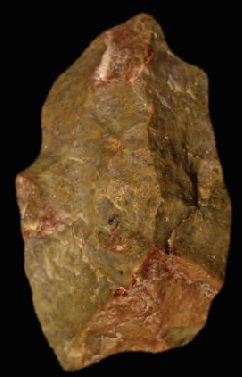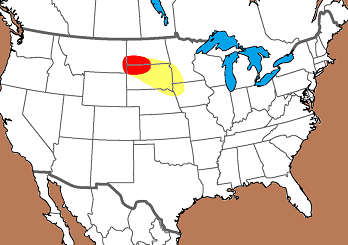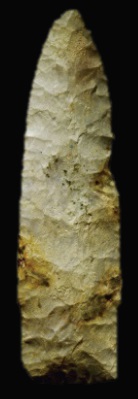

Tongue River Silicified Sediment is associated with the Slope / Bullion Creek formation. Primary sources are located in Slope, Bownam, Adams, Grant, and Morton counties, North Dakota. Has been reported in glacial drift into Iowa. This is considered an exotic or non-local material.

